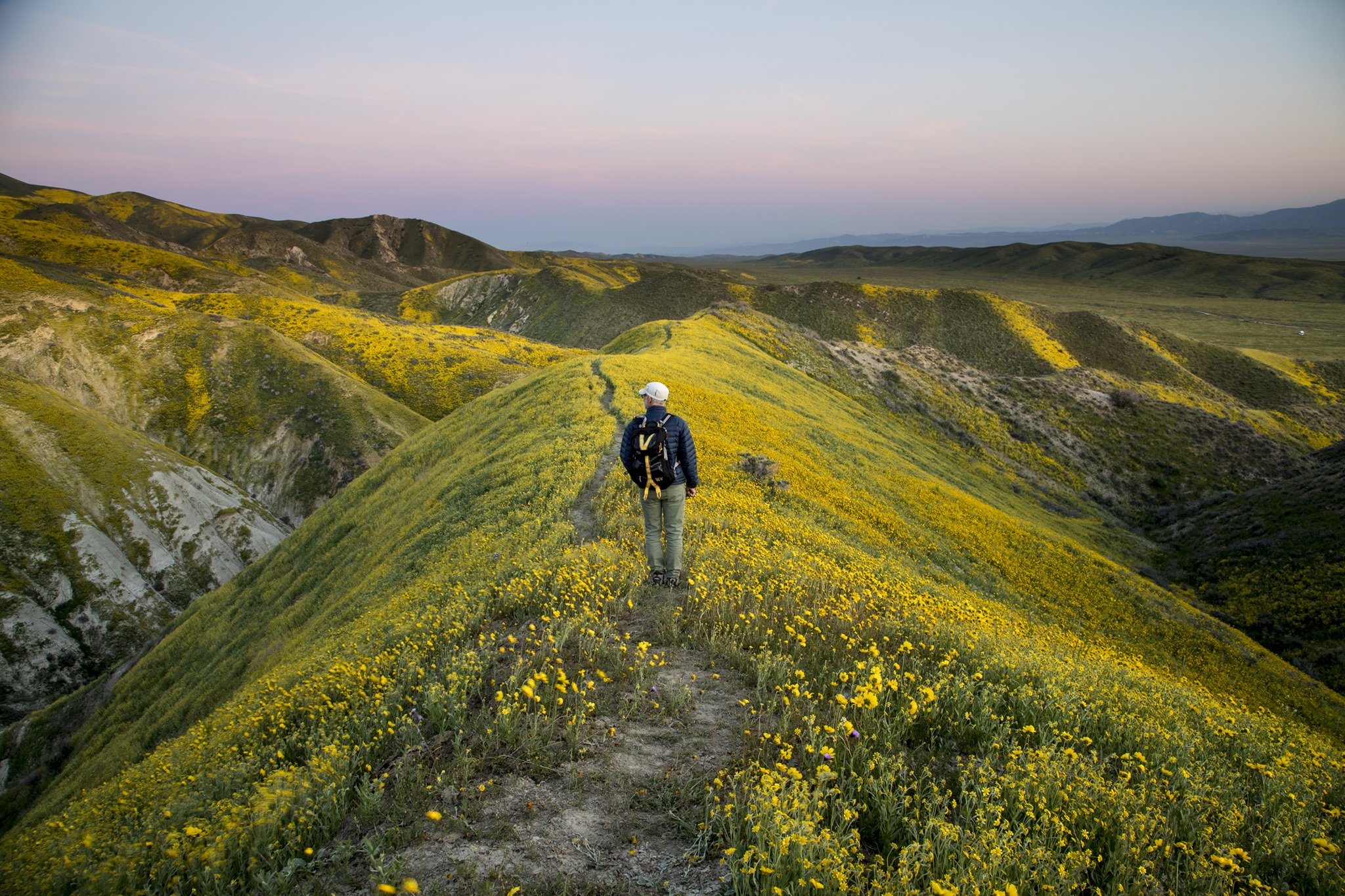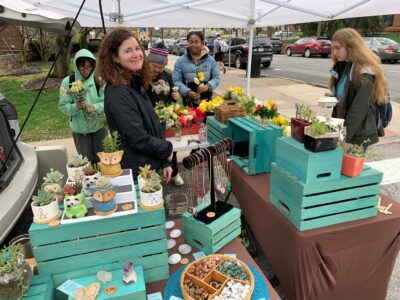In our last piece, we explored the ramp-up in American efforts since the top of the century to preserve native plants and restore ecosystems threatened by climate change and natural disasters. The 2010s would bring an evolving era of progress, with a stated vision and funding to back up the work.
National Seed Strategy
In 2015, a new chapter unfolded when the Plant Conservation Alliance Federal Committee, with representatives from 12 federal agencies and more than 300 non-federal partners, issued the National Seed Strategy for Rehabilitation and Restoration. Its vision is “the right seed in the right place at the right time,” and the United States is the world’s only country with such a strategy.
It has four main goals:
- Coordinate an unprecedented country-wide effort that guarantees genetically appropriate seeds remain available;
- Research how to enhance technologies to produce those seeds and restore ecosystems;
- Develop tools that can provide land managers with the knowledge required to make expedient decisions for seeding; and
- Create plans for communication about this work, internally with department employees and externally with the general public.
The latest report on the National Seed Strategy for Rehabilitation and Restoration, from fiscal year 2021, indicates the impact it can have. That year, 17 federal agencies, 27 Tribes, and more than 450 additional partners collected 1,434 native plants, researched 692 species, and produced 91,208 pounds of native seed across 163 projects.
This work supported 118 farmers, led to the hiring of 153 federal and 138 non-federal employees, produced 20 new facilities, and directly restored 30,466 acres of land.
This work represented a total investment of $271 million.
Photo Courtesy Plant Conservation Alliance
Climate Laws And Frameworks
Some of the biggest pieces of climate legislation in the country’s history make funding available for this seed effort. Through 2021’s Infrastructure Investment and Jobs Act, otherwise known as the Bipartisan Infrastructure Law (BIL), and 2022’s Inflation Reduction Act (IRA), the U.S. Department of the Interior (DOI) is investing $2 billion into land and water restoration.
DOI released a Restoration and Resilience Framework last April to provide guidance for these new investments and align different agencies’ currently existing programs and initiatives.
By laying out three main restoration and resilience goals, the framework intends the new funding to be directed into actions that will ultimately deal with the impacts of climate events, create healthier lands and waters, and improve people’s quality of life.
The framework also laid out nine initial keystone initiatives, each aimed at flipping the script on a different climate change impact. Some of these include:
- Restoring specific ecosystems like coastal salt marshes and sagebrush areas;
- Providing habitat support for animals that are important for different cultures or ecosystems, like Alaskan salmon and Hawaiian forest birds; or
- Improving people’s lives in Appalachia with better outdoor spaces and pollution mitigation.
These were selected because their goals were largely focused on biodiversity, climate resilience, or equity. They will also be achieved through local, collaborative action, and their achievement presents an opportunity for transformational impact. The framework also directed funding toward the National Seed Strategy for the same reasons.
Photo Courtesy USGS Science in California
National Seed Strategy Keystone Initiative
This February, DOI, through the Bureau of Land Management (BLM), announced an $18 million investment from the IRA for the National Seed Strategy Keystone Initiative (the Keystone Initiative).
Secretary Deb Haaland announced the Keystone Initiative during the National Native Seed Conference to further coordinate this work, meet the goals of the other keystone initiatives, and ensure seeds are available for all agencies’ needs.
It will “formalize the Department’s ambitious goals to invest in the infrastructure, tools, research, and labor needed for a robust native seed supply chain,” a BLM press release explains.
The Keystone Initiative invests in three prominent themes. First, it prioritizes coordination and the sharing of knowledge across agencies. For example, the Interior Department initially budgeted more than $1 million to plan and set up the National Interagency Seed and Restoration Center, which will be the brain of the operations and provide support for various programs and warehouses.
Second, the BIL and IRA directed more than $50 million into expanding the various sections of the supply chain, including the collection, cleaning, testing, production, and storage of seeds. A priority will be engaging with underserved communities to extend through the Seeds of Success program, discussed in our last piece.
A chunk of funding has already been used for additional seed collection teams and partnerships for cleaning. Another highlight will be increasing regional seed production capacity.
DOI has already invested in expanding capacity at multiple facilities in the Midwest.
Third, because plants do not abide by any jurisdictions, the BIL provides funding for Tribal and ecoregional partnerships intended to learn from and use Indigenous knowledge and techniques that can contribute to seed, land, and water restoration. For example, the Interior Department has invested in updates and expansions of Tribal greenhouses, including that of the Confederated Salish and Kootenai Tribes in Montana, so that it can restore local plant communities.
Photo Courtesy Judy Perkins, BLM California Mojave Desert Ecoregional Native Plant Coordinator; and Jesse Pluim, Public Affairs Specialist
In our third and final piece, we will explore one of the programs benefiting from this influx of funding into the National Seed Strategy Keystone Initiative.





